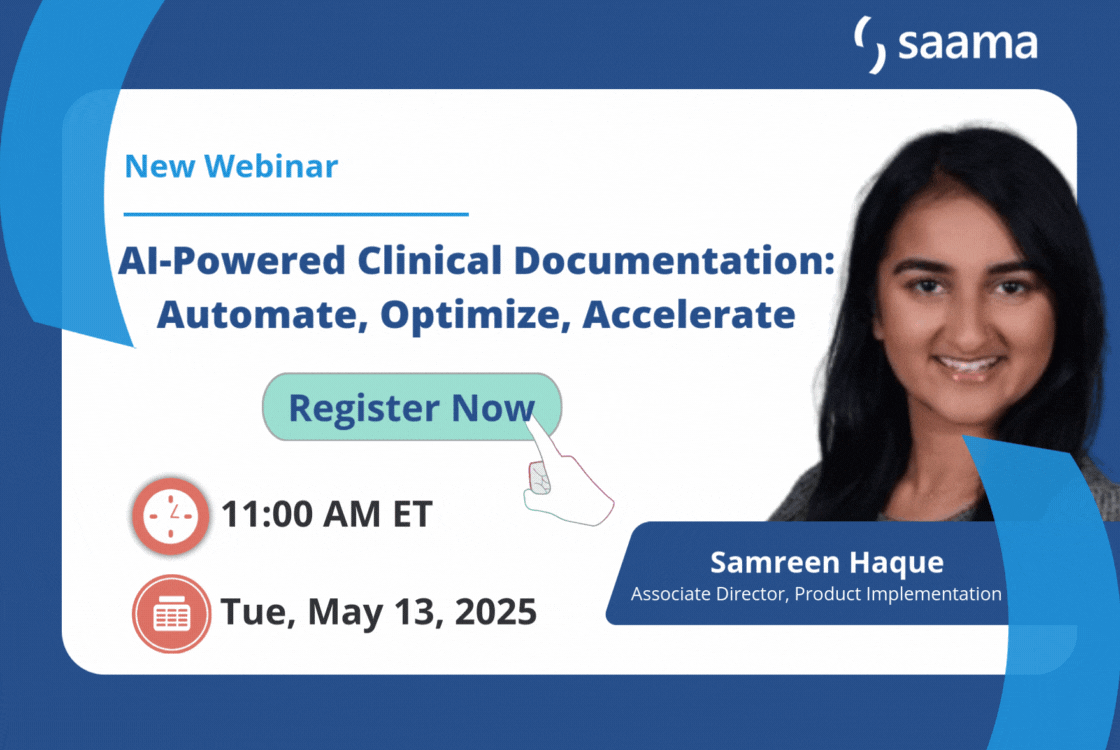Artificial Intelligence (AI) and Machine Learning (ML) have become key players in reshaping how we develop drugs, but with this potential comes the critical need for proper regulation. How do we make sure these advanced technologies are used safely in regulatory processes? Recently, the U.S. Food and Drug Administration (FDA) released a draft guidance titled “Considerations for the Use of Artificial Intelligence To Support Regulatory Decision-Making for Drug and Biological Products” to help answer this question.
This guidance is a key step toward ensuring that AI technologies are responsibly and effectively integrated into the regulatory process for drug development. In this blog, we’ll explore the FDA’s guidelines and what they mean for the future of AI in drug regulation.
A Risk-Based Credibility Assessment Framework
The FDA’s draft guidance provides recommendations for sponsors- such as pharmaceutical companies and other stakeholders- on how to use AI to generate data that can be used in regulatory decisions related to the safety, effectiveness, or quality of drugs. The guidance emphasizes the importance of a risk-based credibility assessment framework to ensure that AI models used in this context are trustworthy and robust.
At the core of the FDA’s draft guidance is a seven-step framework to evaluate the credibility and reliability of AI models used in regulatory contexts. These steps include:
1. Define the Problem: Clearly state the issue the AI model is designed to solve.
2. Define the Context of Use: Identify where and how the model will be applied.
3. Assess the Risk: Evaluate potential risks associated with using the model.
4. Develop a Credibility Plan: Create a plan for assessing and validating the model’s credibility.
5. Execute the Plan: Follow through with the evaluation strategy.
6. Document the Results: Record outcomes and any deviations from the plan.
7. Evaluate Adequacy: Ensure the model meets required standards for its intended use.
By following this framework, the FDA encourages sponsors to engage early in the development process to ensure that AI models meet the required credibility standards for regulatory decision-making.
Saama’s Approach to AI and Regulatory Compliance
At Saama, we’re passionate about using AI to push the boundaries of what’s possible in life sciences- while being deeply committed to doing so responsibly. We make sure our AI models meet the highest standards by focusing on data accuracy, keeping humans in the loop for oversight, and continuously monitoring performance. Our approach aligns with the FDA’s guidelines, ensuring that the AI solutions we create are reliable, transparent, and designed to make drug development safer and more effective for everyone. Ultimately, we’re here to help bring better treatments to patients, with trust and integrity at the core of everything we do.
Implications for the Future of AI in Drug Development
The FDA’s draft guidance is a landmark development in the responsible use of AI in drug development. It provides a clear, structured framework for sponsors to follow, making it easier to navigate the complexities of regulatory compliance. With AI playing a central role in transforming the drug development process, these guidelines will likely encourage even more innovation and integration of AI into regulatory decision-making.
As the industry continues to evolve, Saama remains committed to aligning its AI-driven solutions with the latest regulatory guidelines. By prioritizing data integrity, transparency, and collaboration with regulatory bodies, we are ensuring that our solutions not only advance drug development but also meet the rigorous standards necessary for patient safety and efficacy.

